Dutch Holocaust rescuer Miep Gies is best known for hiding Anne Frank, but Gies also battled Amsterdam’s German occupiers in ways that never made it into The Diary of a Young Girl.
Beginning on May 2, a televised miniseries called A Small Light will take viewers deep into Nazi-occupied Amsterdam, where Miep Gies (played by Bel Powley) and her husband Jan Gies (played by Joe Cole) risked their lives to help many Jews and Dutch resisters who were forced into hiding.
“Even an ordinary secretary or a housewife or a teenager can turn on a small light in a dark room,” wrote Gies later in life.
Co-starring Liev Schreiber as Otto Frank, the miniseries’ multi-network launch of two episodes is simulcast across National Geographic, Nat Geo WILD and Lifetime. In Australia, it will be streaming on Disney+.
The eight-part series details aspects of the Gies couple’s lives that are unfamiliar to most of the public. For example, after the hiding place was raided, Gies visited Gestapo headquarters in a high-risk attempt to “ransom” her Jewish friends.
This 4’11”, ordinary, blue-collar woman, newly married, right away said ‘yes’ and kept saying ‘yes’ every day for two years
In addition to provisioning the ‘Secret Annex’ for more than two years, Miep and Jan Gies hid another Jew in their own apartment. Jan was heavily involved in the Dutch underground, providing people in hiding with forged ration cards and doing other tasks for the resistance.
In the eyes of Anne Frank, the stylish Gies and her dapper husband were capable, elegant and helpful. Of modest means, Gies stayed fashion-forward by teaching herself to sew the dresses seen in store windows.
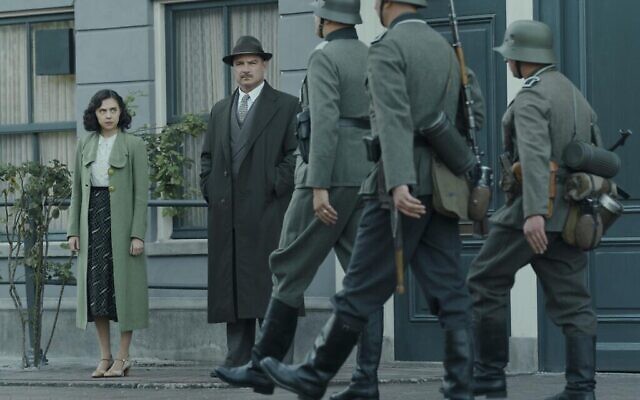
“Miep is never far from our thoughts,” wrote Frank in her diary.
“She is just like a pack mule, she fetches and carries so much,” wrote Frank, who received the gift of second-hand high-heel shoes from Gies while in hiding.
“Almost every day she manages to get hold of some vegetables for us and brings everything in shopping bags on her bicycle,” wrote Frank.
According to series creator, executive producer, and writer Joan Rater, A Small Light will help answer the question of why Gies agreed to help Otto Frank hide his family.
“When Miep was asked by Otto to save his life, she said ‘yes’ right away,” said Rater, who produced and wrote more than 50 episodes of Grey’s Anatomy for television.
“That really drove us to [want to] understand why this 4’11”, ordinary, blue-collar woman, newly married, right away said ‘yes’ and kept saying ‘yes’ every day for two years,” said Rater.
Since Anne Frank’s diary was first published in 1947, thousands of plays, films, books, short stories, memes and TikToks have channeled the 15-year-old who died of typhus and starvation at Bergen-Belsen, alongside her sister Margot, in the spring of 1945.
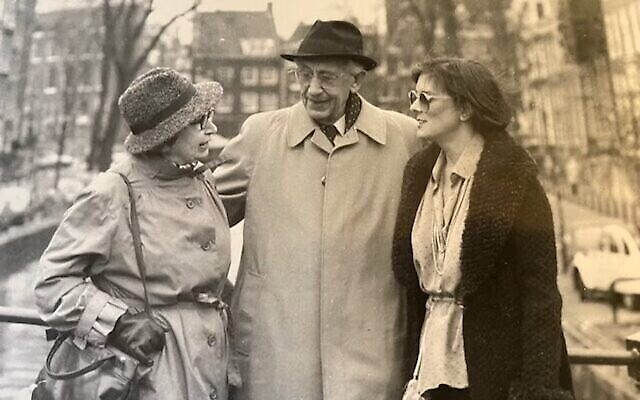
Few portrayals of the ‘Secret Annex’ centre on the role played by Gies. Exceptions include her memoir, Anne Frank Remembered: The Story of the Woman Who Helped to Hide the Frank Family, co-written with Alison Leslie Gold in 1987, and a television film based on that book, The Attic: The Hiding of Anne Frank.
On August 4, 1944, the Franks’ Amsterdam hiding place was raided by the Nazis and Dutch police. Of the eight Jews in hiding, only Otto Frank returned from the Holocaust.
Shortly after Frank returned to Amsterdam from Auschwitz-Birkenau, Gies presented him with a stack of his daughter’s writings, including her diary and short stories.
‘First, we have coffee’
In 1985, author Alison Leslie Gold flew to Amsterdam to spend a year with Miep and Jan Gies.
Chosen by Gies to co-write her memoir, Anne Frank Remembered, Gold spent hundreds of hours with the couple in their Amsterdam apartment.
“All the memories get richer and more bittersweet because they were so meaningful to me,” said Gold, author of numerous books in several genres.
“I am not a hero. I am not a special person. I don’t want attention. I did what any decent person would have done”
“’First, we have coffee,’ is what Miep always said first,” said Gold, who was asked to be a consultant on A Small Light.
Each morning, Gold walked from her hotel — which was chosen by Jan — to the Gies apartment in Amsterdam West, always arriving at 10:00 am, Gold recalled the couple looking down from their living room window and pressing a button to let her into the building.
“There was the smell of the wooden staircase and Jan’s cigar,” said Gold, who has described herself as a “salvager of other people’s stories.”
Added Gold, “Also nearby the apartment there was a bike shop and a bakery, so there was the smell of fresh bread followed by oil.”
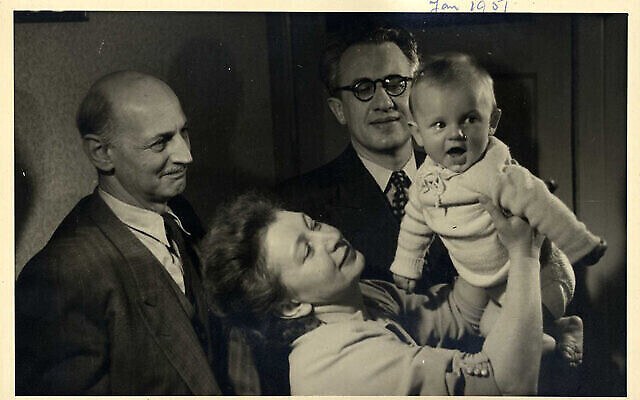
At each and every meeting, said Gold, Jan was in a jacket and tie and Miep was always “coiffed.”
During the time of the interviews, Miep had stopped bicycling a few years prior and was learning English, evidenced by dictionaries and pictionaries seen around the flat.
Miep and Jan did not speak in the language of “feelings,” said Gold. Rather, they spoke of facts they remembered.
“Then I would have to ask them how they felt about it,” said Gold, whose book opens with Miep’s poverty-stricken parents sending her from Vienna to the Netherlands, in order to live with a Dutch foster family that had enough food.
Both Miep and Jan Gies were incredibly modest by today’s standards. For decades after World War II, neither of them sought publicity. When asked why they risked their lives to save Jews, they often referred to their ordinariness.
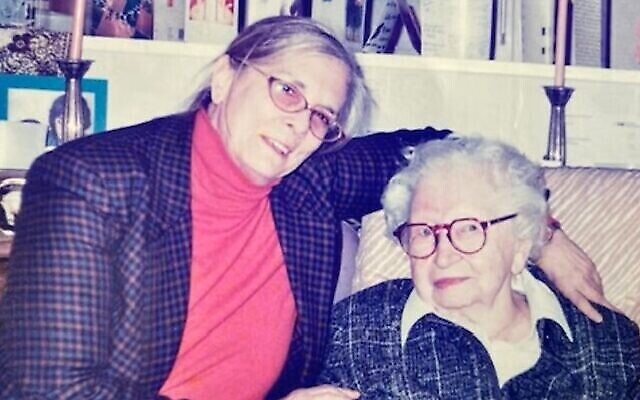
“I am not a hero. I am not a special person. I don’t want attention. I did what any decent person would have done,” said Miep.
After Jan passed away in 1993, Gold maintained a close friendship with Miep, who visited Gold in the US. In turn, Gold flew to the Netherlands to visit Miep in Hoorn, a short drive from Amsterdam.
“When she visited me in California, we would have Chinese food and just enjoy ourselves,” said Gold, who published a book about her friendship with Gies in 2018, called Found and Lost: Mittens, Miep, and Shovelfuls of Dirt.
In many ways, said Gold, Jan Gies was the “unsung person” of the story. Keeping with his personality, Jan never shared with Miep — or anyone — specific details about his wartime resistance activities.
In 2010, a month before she was to turn 101, Miep died following a fall in her Hoorn apartment.
If Gold could ask the couple one final question, she said it would be about the food situation if the ‘Secret Annex’ had not been raided.
“Could they have stretched out the rations of two people to feed all the people in hiding?” asked Gold. “They would have starved themselves, knowing them.”
Times of Israel

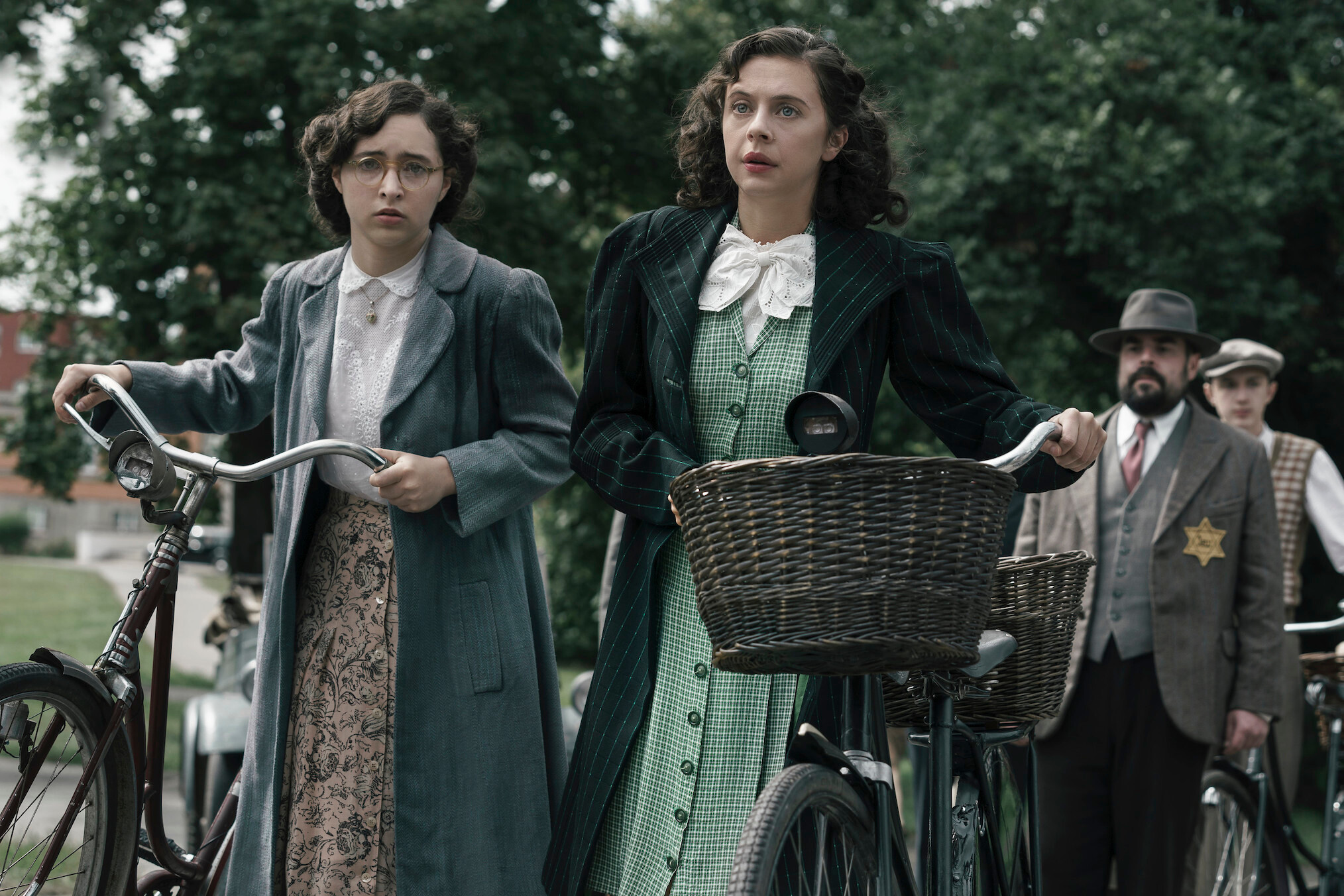
comments